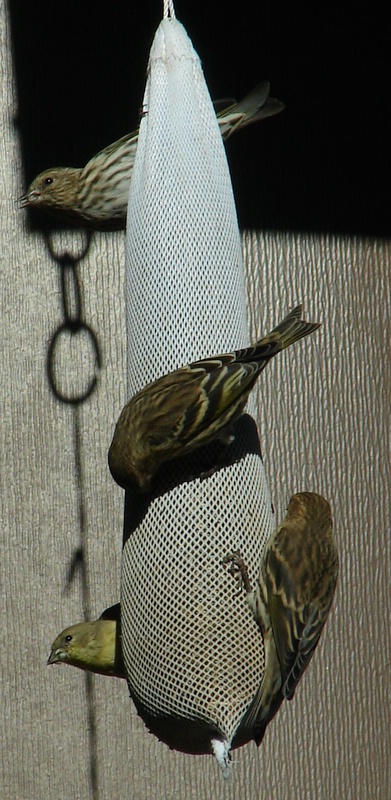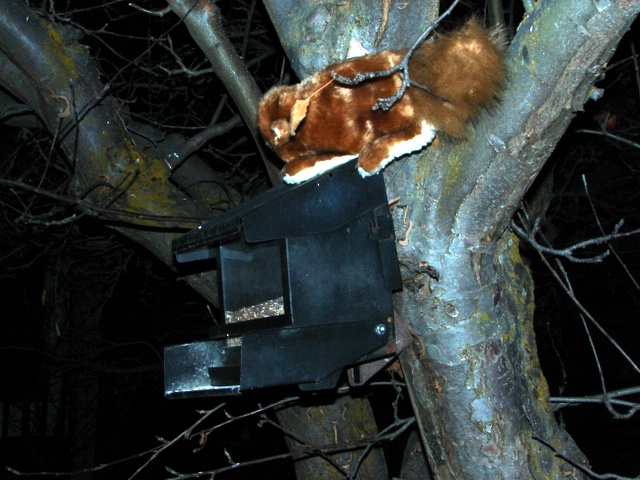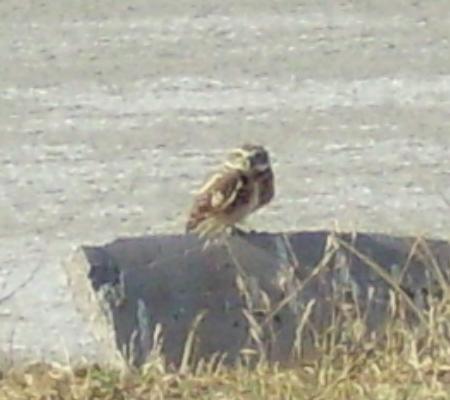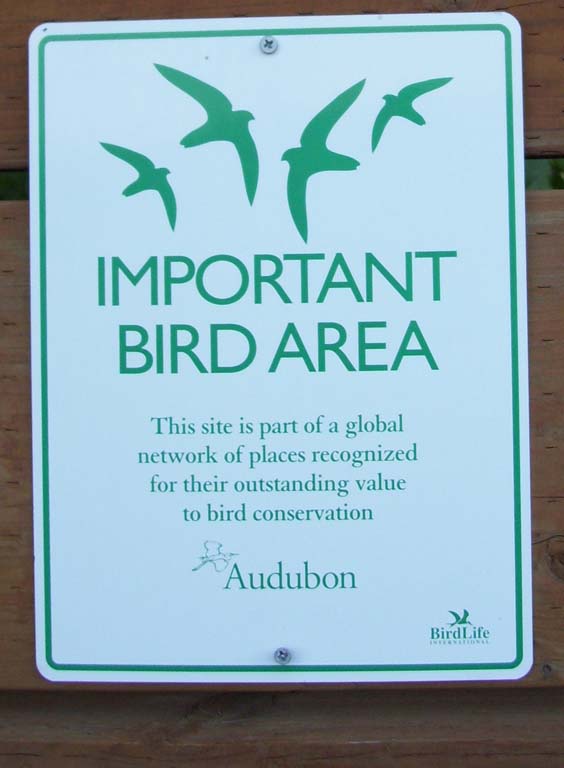
It can become intoxicated
eating the fermented fruit of
mountain ash, chokecherry
and other trees and bushes.
Courtesy Utah Division of Natural Resources
Hi, I’m Holly Strand from Stokes Nature Center in beautiful Logan Canyon.
While working at my desk this fall, I was unnerved by the frequency of soft thumps caused by feathery bodies slamming into the windows of our house. One day I counted 20 hits in a single hour . We have designs etched into the glass, but they didn’t seem to deter the feathery missiles from their kamikaze flight trajectories.
Intense periods of frequent window strikes coincided with feeding frenzies on chokecherry and then crabapple fruit in our yard. Birds get intoxicated from the berries and their judgement flies out the window (so to speak) impairing flight control. Robins, waxwings and other fruit eaters that feed on fermented berries from mountain ash, crab apple or other trees and bushes are the most frequent crash victims.
Of course drunkenness is not the only cause of bird- window confrontations. Sometimes birds attack windows. This spring, I was startled by an angry-looking robin trying to attack me through the glass. But I was not the object of his rage. He was simply a male defending his territory against his own reflected image.
But back to collisions. Most accidents occur when birds see trees, sky, or clouds reflected on a glass but do not see the hard transparent window surface itself. Ornithologists estimate that in the United States alone well over 100 million birds are killed each year by window collisions. Sometimes the birds are merely stunned and recover in a few moments. Often, however, window hits lead to severe internal injuries and death. Strikes are most frequent in winter because birds are attracted to feeders placed near windows.
Luckily, there are quite a few things you can do minimize collisions. First, check your feeder placement. Pete Dunne, an ornithologist, found that feeders placed 13 feet away from a window corresponded with the maximum deaths. However, a feeder place within a meter of window actually reduced the accident rate. Birds focus on the feeder as they fly toward the window. If they strike the glass leaving the feeder, they do so at very low speed.
You may want to cover windows with netting or screens which will function as a sideways trampoline if a bird should hit them. You can also redirect birds by putting up awnings, beads, bamboo, fabric strips. Stickers or silhouettes will help if they are spaced 2-4 in. apart across the entire window. A single, black hawk-shaped silhouette in the middle of a bit picture window does not prevent crashes.
If you find a bird dazed from a window hit, place it in a dark container with a lid such as a shoebox, and leave it somewhere warm and quiet, out of reach of pets and other predators. If the weather is extremely cold, you may need to take it inside. Do not try to give it food and water, and resist handling it as much as possible. The darkness will calm the bird while it revives, which should occur within a few minutes, unless it is seriously injured. Release it outside as soon as it appears awake and alert. If the bird doesn’t recover in a couple of hours, you could take it to a veterinarian or wildlife rehabilitator.
Thanks to the Rocky Mountain Power Foundation for supporting research and development of Wild About Utah topics.
For Wild About Utah and Stokes Nature Center, I’m Holly Strand.
Credits:
Photo Courtesy Utah Division of Natural Resources, https://dwrcdc.nr.utah.gov/rsgis2/Search/Display.asp?FlNm=bombcedr
Text: Stokes Nature Center: Holly Strand
Sources & Additional Reading
Dunne, Pete. 2003. Pete Dunne on Bird Watching: The How-to, Where-to, and When-to of Birding. HMCo Field Guides. https://www.amazon.com/Pete-Dunne-Watching-Where-When/dp/0395906865
Cornell Lab of Ornithology. Bird Notes from sapsucker woods. https://www.birds.cornell.edu/AllAboutBirds/notes/BirdNote10_Windows.pdf (Accessed Nov 30, 2008)
Leahy, Christopher. 1982. The Birdwatcher’s Companion. NY: Grammercy Books. https://www.amazon.com/Birdwatchers-Companion-North-American-Birdlife/dp/0691113882/ref=sr_1_1?ie=UTF8&s=books&qid=1228882143&sr=1-1
Wildlife Rehabilitation Center of Northern Utah, Ogden, UT https://www.wrcnu.org/






